At the workshop “Cross-border payments and online loans: Digital utilities for business and consumption” organized by Lao Dong Newspaper on September 11, Mr. Nguyen Hoang Long, Deputy General Director of Vietnam National Payment Joint Stock Company (Napas), shared his experience about payment when traveling abroad on business.
He said that when he bought goods in China, he used an international credit card to pay, but the staff informed him that they did not accept international cards, did not have a card swiping device, and only accepted payments via domestic e-wallets.
There were no two domestic Chinese payment applications, Wechat or Alipay, but he had Chinese currency available to pay, so the transaction was still made. However, he then had to wait for the supermarket staff to exchange money to return the change because they did not have cash available.
"This can be seen, cards were once considered powerful and could travel around the world , but in some markets like China or soon the Southeast Asian market, they are no longer powerful," said Mr. Long.
3 major challenges in implementing cross-border payments
According to him, in reality, the current payment ecosystem is still fragmented. There are many types of cards including international cards, domestic cards, e-wallets, QR codes... existing in parallel but there is no effective cross-border connection.
"International tourists , especially those from China, Thailand, South Korea, etc., still face many difficulties when spending at small shops, markets, and sidewalk cafes - places that do not accept cross-border digital payments," Mr. Long raised the issue.
Meanwhile, Vietnamese businesses have not been able to fully utilize the spending flow of international visitors due to the lack of compatible payment infrastructure. This not only creates barriers for tourists but also causes Vietnamese businesses to miss out on a large amount of spending flow from foreign visitors.
Therefore, connecting cross-border payments is an urgent requirement if Vietnam wants to develop tourism, services and digital commerce.

Mr. Nguyen Hoang Long, Deputy General Director of NAPAS, shares about cross-border payment activities (Photo: BTC).
He said that the implementation of cross-border payments still faces three major challenges.
First is legal and regulatory. Legal differences between countries, especially in regulations related to anti-money laundering (AML/CFT) and data protection, are major barriers.
Second is network security. As systems are connected, the risk of cyber attacks increases. This requires units to invest synchronously in technology, apply multi-layer security mechanisms to protect data and ensure user trust.
Third is technology and trade. Standardization of technical standards together with a reasonable cost-sharing model is a prerequisite to promote cooperation and expand international networks.
Expert: Most risks arise from habits
According to Mr. Vu Ngoc Son, Head of Research, Consulting, Technology Development and International Cooperation (National Cyber Security Association), the difference in standards between countries, along with the huge volume of transactions, makes detecting abnormalities and ensuring safety even more challenging.
“This requires financial institutions to invest more heavily in technology, processes and international cooperation to build a multi-layered shield for cross-border payments,” Mr. Son said.
“Only by synchronously combining advanced technology, strict security management, human training, clear legal framework and international cooperation can we effectively protect personal data and ensure the safety and sustainability of the global payment system,” Mr. Son emphasized. According to him, data protection is not a feature, but a consistent mindset.
Mr. Son said that for banks and businesses providing payment services, the important requirement is to minimize data, collect only the information that is really necessary, set a retention period, and delete or anonymize it when it is no longer used.

Mr. Vu Ngoc Son, Head of Research, Consulting, Technology Development and International Cooperation (Photo: Organizing Committee).
This person emphasized that access rights must be strictly controlled according to the principle of “least privilege”, and all access to sensitive data must be tracked. Regular security audits, penetration testing and rapid patching are indispensable steps.
For users, most risks arise from habit. Seemingly simple actions such as scanning a floating QR code, clicking on a strange link or paying via public wifi all pose the risk of data loss.
Users are advised to focus on specific behaviors such as carefully checking recipient information before confirming, enabling two-factor authentication and notification of changes, prioritizing small limits for first-time transactions, and locking the application immediately if the phone is lost.
Sharing about the orientation in the coming time, Deputy Director of the Payment Department (State Bank) Nguyen Thi Thu said that this unit will continue to focus on a number of key tasks. First of all, perfecting the legal corridor, including amending a number of Decrees and Circulars to create a more synchronous and suitable legal basis for the implementation of cross-border payments.
The State Bank will upgrade the Financial Switching and Electronic Clearing system, ensuring it meets advanced technical standards and effectively serves international payment activities.
Along with that, the development of payment infrastructure is also promoted, expanding the payment acceptance network to meet the increasing needs of people and businesses.
Source: https://dantri.com.vn/kinh-doanh/nhung-thoi-quen-thanh-toan-pho-bien-vo-tinh-khien-tai-khoan-bay-mau-20250911190141841.htm



![[Photo] Draft documents of the 14th Party Congress reach people at the Commune Cultural Post Offices](https://vphoto.vietnam.vn/thumb/1200x675/vietnam/resource/IMAGE/2025/10/28/1761642182616_du-thao-tai-tinh-hung-yen-4070-5235-jpg.webp)
![[Photo] President Luong Cuong attends the 80th Anniversary of the Traditional Day of the Armed Forces of Military Region 3](https://vphoto.vietnam.vn/thumb/1200x675/vietnam/resource/IMAGE/2025/10/28/1761635584312_ndo_br_1-jpg.webp)



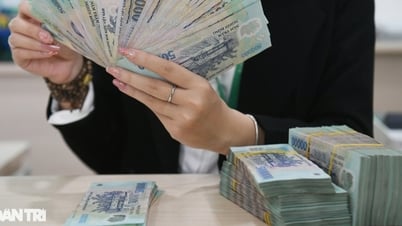




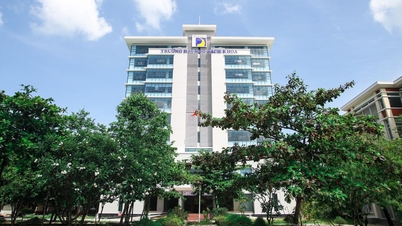



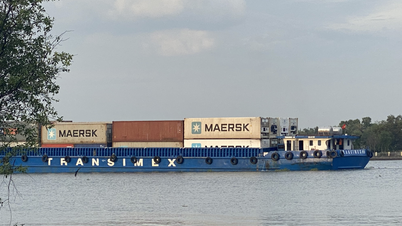


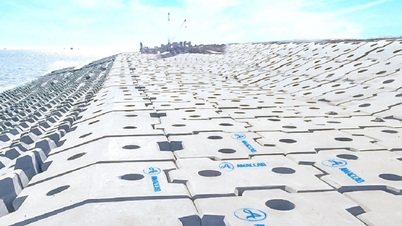
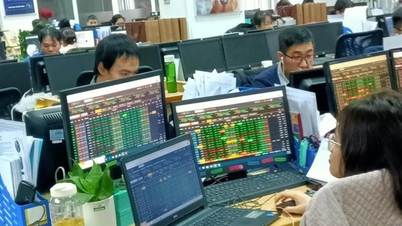



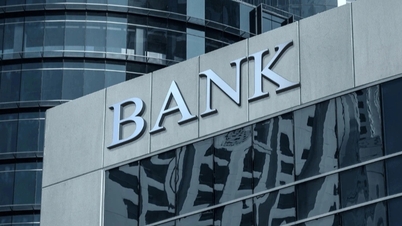






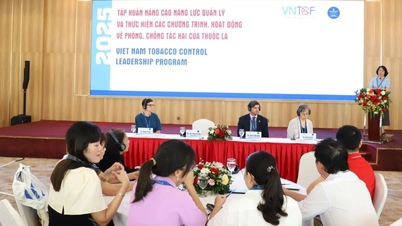


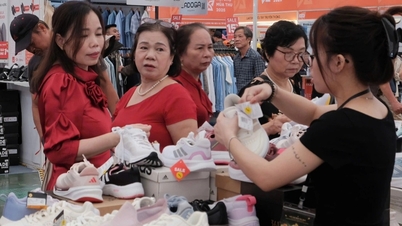



![[Photo] The 5th Patriotic Emulation Congress of the Central Inspection Commission](https://vphoto.vietnam.vn/thumb/1200x675/vietnam/resource/IMAGE/2025/10/27/1761566862838_ndo_br_1-1858-jpg.webp)























































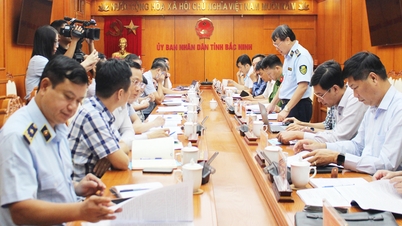

















Comment (0)